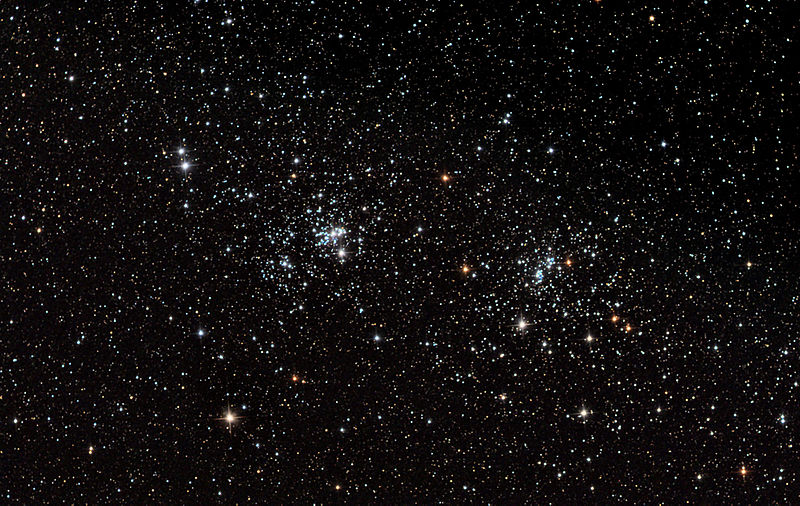Charles Messier’s objects
By James

Charles Messier was born in 1730, in France, and grew up to be a comet obsessed astronomer working in Paris. To be fair to Messier, most 18th century astronomers were obsessed with comets since discovery could bring fame and riches.
Whilst hunting for these bringers of wealth, Messier kept finding himself confounded by other objects that appear non-stellar, but lacked one of a comet’s defining features: they weren’t moving. Whatever they were, they weren’t what Charles was devoted to.
It’s curious then that Charles’s lasting claim to fame is the Messier catalogue in which he listed 103 ‘nebulae’ – a definition that included almost anything that wasn’t a comet or clearly stellar – with 7 more being added after his death.
The binocular observer.
The thing about these 110 objects that might look like comets, but aren’t comets, is that they were objects not to confuse with a comet and as such, in binoculars they’re generally not impressive. The main exceptions tend to open clusters due to their looser stellar nature. Even so, many fail to break the fuzzy blob mould even with the benefit of modern optics.
Perhaps binocular astronomers are getting a good impression of what Charles Messier saw when we’re looking at globular clusters in the 15x70s. They’re little more than faint fuzzy object with a brighter core… perhaps.
It’s noticeable that many of the best binocular astronomy targets were ignored by Messier completely, but perhaps it’s not a surprise.

With his goals in mind, he was hardly going to mistake the double cluster (NGC 869 and NGC 884) above for a comet. They neither display background nebulosity, nor appear as a nebulous object as so many globular clusters have a tendency to do in antique telescopes and binoculars.
So what’s the interest in Messier’s catalogue?
Observing the Messier catalogue with binoculars is mostly an exercise in finding things. Most of these objects stand out well from the stellar background with a reasonably dark sky; that’s why they’re on the list in the first place.
Finally, a pair of binoculars is very compatible with this activity. Many of the Messier objects are near the horizon from the UK as Messier was working further south. Additionally, dark skies can be hard to come by to finish off those faint galaxies. So to locate the lot you’ll probably need to move around, which is home turf for binoculars.
I might sound disparaging about Messier’s objects. He certainly had no interest in them, however some of them are really beautiful, even in binoculars, take M45 Pleiades for example. But to see many of them at their best you need a telescope.
Which is your favourite binocular Messier?